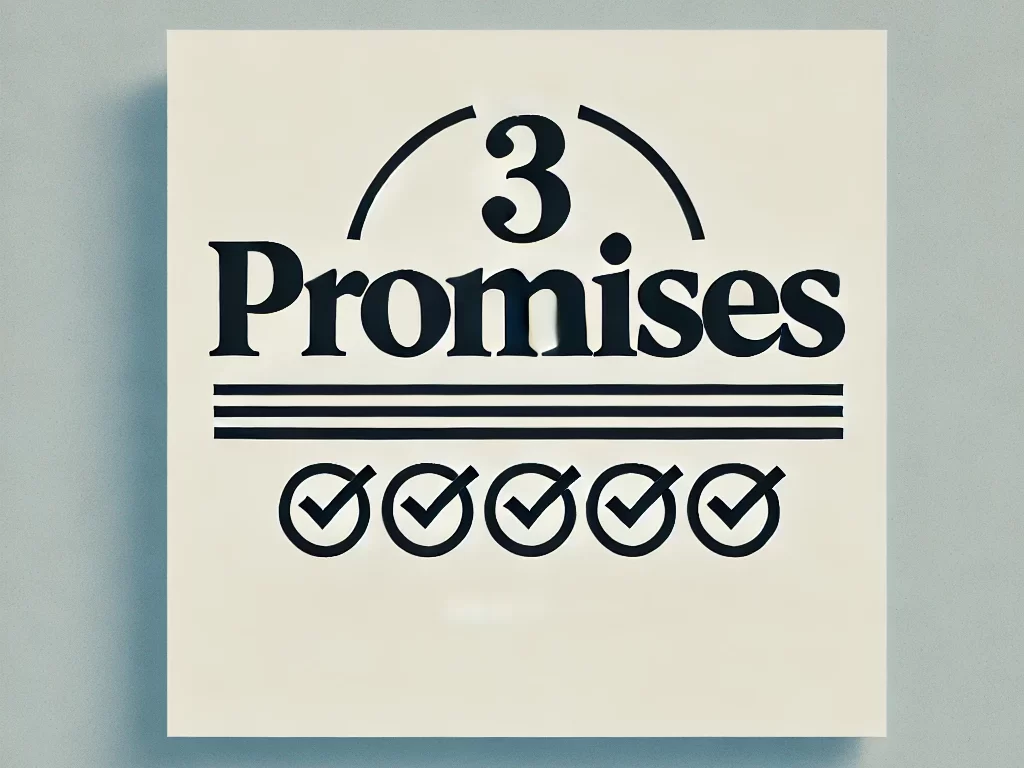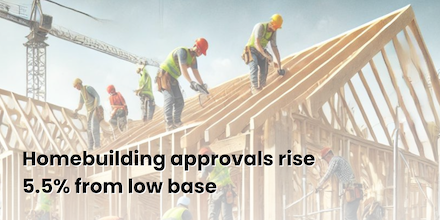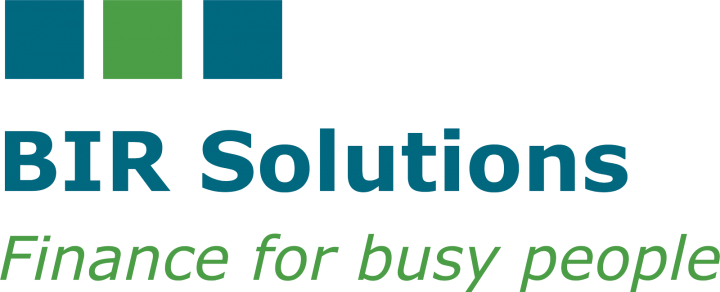Another bumper edition to warm the cockles of your heart when the weather Gods keep it close to zero (in Melbourne at least). Cos I am under the doona, can someone please let me know when it gets to 20 (I’m not greedy).
In this month’s newsletter, you’ll find the latest news about the mortgage and property markets, as well as some handy tips about buying a property when you’re single (but no tips on how to stay that way).
Coming up:
- Best Rates
- Three things we promise
- Running a business – a business coach’s tricks and traps
- Self Managed Super Funds (SMSF) and property purchases
- Housing assistance extended
- Building approvals rise 5.5%
- How to buy when you’re single
- Average home loan reaches $627k (size matters)

Date: 1 August 2024
Owner Occupiers:
• Fixed Rates from 6.09% – 2 years Fixed (Principal & Interest) and 6.24% 2 years Fixed (Interest Only) – last month it was 3 years which had the best fixed rates.
• Variable Rates from 5.88% (Principal & Interest) and 6.39% (Interest Only – non-construction loans).
Investors:
• Fixed Rates from 6.09% – 2 years Fixed (Principal & Interest) and 6.24% 2 years Fixed (Interest Only) – last month it was 3 and 5 years which had the best fixed rates.
• Variable Rates from 6.19% (Principal & Interest) and 6.34% (Interest Only – non-construction loans).
Property Market Update
The data below is to 31 July 2024 from CoreLogic and was provided to me by Garth Davis from Property Powerhouse.

Key Highlights
- The Perth, Adelaide and Brisbane residential property markets continue their hot 🔥 run.
- Perth median dwelling values were up another 2% in July, Adelaide 1.8% and Brisbane 1.1%.
- Perth has increased by 24.7% over the last year.
- Who was hot last year may not be hot this year. That’s where an experienced Investment Property Consultant is a ‘must have’ for property investors.
Contact me if you would like some details for these consultants.
Three things we promise

Wealth Creation
With everything we do, we are always thinking about the best ways for you to either save money or make more money.
Financial Empowerment
We provide you with viable options and relevant information so you can make the best possible decisions.
Transparent Lending
Our motto is ‘You see what we see’. From day 1, we show you how much you can borrow and who will lend to you.
Running a business – a business coach’s tricks and traps

A good friend of mine runs a business coaching business. He successively worked in corporate for a number of years before more recently, setting up a couple of small businesses which operate without his day to day involvement. Plus of course his business coaching business.
In short, he loves working in the small business space and he enjoys the challenges of helping other business owners succeed.
At a recent presentation, he mentioned the following statistics – they might (or might not) surprise you:
- 20% of businesses fail in year one.
- 60% fail within the first three years.
- In 2022/23, there were 406,365 new businesses and 386,392 business ‘exits’.
- One in four business owners have a take home pay of less than $50,000.
- Over 92% of businesses have sales of less than $2 Million.
Five questions he asks a small business owner to think about:
- Can you take on more work?
- Compared to last year, how are you going?
- What are your plans for next year?
- Are your accounts and tax returns up to date?
- Do you need more time away from your business?
Most business coaches focus on the sales line and the margin. Some will look at the costs of running a business but for the majority of small businesses, the main costs are fairly fixed with the big ticket items being rent and wages and related costs.
Particularly with small businesses, the axiom “Cash is King” is particularly relevant. No cash = no business. That’s where we can help businesses by setting up funding lines so they don’t run out of cash.
Sales under the microscope
Every business owner needs to focus on the following questions at some stage of their business journey:
- Does my business need more leads?
- Can my business handle more leads?
- What is my conversion rate from lead to customer?
- What is the time it takes to convert a lead to a customer?
- How long is my customer’s life cycle?
- What is the life-time value of my typical customer? (You might have 3 or 4 typical customers). That is, how many transactions and at what value per transaction are likely to occur during this life cycle?
- What is my customers ‘churn’ rate? That is, how many customers become ‘non-customers’ each year?
Typically, a good business coach works with business owners who have the right mindset and who don’t want to become one of the above statistics. Instead, they are ready to push their business forward to the next level.
I also know a ‘mindset’ coach. Getting your mindset right is the first step towards success for anyone in business or sport. A mindset coach I know, Rod Walker, works with a few AFL players as well as business owners and employees who have benefited from getting their mindset right.
If the mind is not set to succeed, then success will rarely follow.
If you would like an introduction to a mindset coach or a business coach
let me know.

Self Managed Super Funds (SMSF) and property purchases
Recently, we have been doing a bit of work with refinancing some SMSF property loans. You might find this hard to believe but the lenders who the client had gone with when they first took out the loan five or ten years ago are now charging them over 10% pa.
The current ‘best rates’ start from around 6.95% so that is a fair whack of extra cash required for interest payments.
Some things which are good to know:
- An SMSF can be a good way to buy property (residential or commercial) but the circumstances have to be right for you. Getting the advice of a good Financial Planner is key.
- For commercial properties you can rent it to your business but for residential properties, you can’t rent it to yourself.
- The tax rates are lower in an SMSF compared to your personal rate or company rate so that is a big plus. This applies not just to the earnings but also potentially, any capital gains tax.
- However, there are set-up costs, and you need to engage a Financial Planner to do this correctly. The best structures I have seen involve the SMSF Trust, a corporate trustee and for a property purchase using borrowings, you will need to set up a bare trust and another (separate trustee – again, preferably a corporate trustee). For a relatively simple structure, there will probably not be much change out of $10,000 (or more!) by the time you pay the Financial Planner, the legal fees for the trusts and as well as ASIC and your tax accountant for the corporate entities.
- There are ongoing costs for the SMSF audit and ASIC fees and tax returns. These are not always large but they do eat into your returns.
- Interest rates for properties (in this case residential) are about 0.5% to 1.0% higher than investment property rates if you were to buy the property in your own name.
- Whilst your super fund is not liable for the debt from the loan, the members of the SMSF (aka you) will be required to be a guarantor.
- Lenders will often only lend up to 60% to 70% of the property’s value. Compared to a loan you were to obtain for an investment property, this is much lower than what you could obtain if you were to purchase the property.
In short, do your numbers and use good advisors! And if you want assistance organising the structure or the finance, just let me know and we will put our shoulder to the wheel!

The Australian Federal Government has released an additional 50,000 spots for its Home Guarantee Scheme (HGS) for the fiscal year running from 1 July 2024 to 30 June 2025.
This scheme includes the First Home Guarantee, which allows eligible first home buyers to purchase a home with just a 5% deposit and no requirement for lender’s mortgage insurance (LMI), offering 35,000 spots.
Similarly, the Regional First Home Buyer Guarantee caters to those in regional areas, offering 10,000 spots to first home buyers with the same benefits.
Additionally, the Family Home Guarantee aims to assist eligible single parents and single legal guardians by enabling them to enter the housing market with a minimal 2% deposit and no LMI, with 5,000 spots available.
Participants in these programs must be owner-occupiers, adhere to property price ceilings, and meet income thresholds of $125,000 for individuals and $200,000 for joint applicants.
BIR Finance can assist you in navigating these options, ensuring you maximize the benefits of the Home Guarantee Scheme to secure your new home.

The Australian government’s initiative to support the construction of 1.2 million homes over five years kicked off on 1 July. However, recent figures on homebuilding approvals indicate the government might face challenges meeting this goal.
In May, there were 14,175 approvals, marking a 5.5% increase from the previous month but an 8.5% decrease from the same month last year, as per the Australian Bureau of Statistics.
Over the past 12 months up to May, only 163,760 approvals were granted; in comparison, the government’s strategy requires the construction of 240,000 new homes annually over the next five years.

“The low approvals numbers indicate a slow start to building 1.2 million homes over the next five years,” Housing Industry Association chief economist Tim Reardon said.
“Increasing the number of homes built will be necessary to address longstanding housing shortages. Addressing tax, planning, land and regulatory constraints will be necessary to increasing the supply of homes in Australia.”

Purchasing a property as a solo first home buyer presents challenges, but it’s definitely achievable.
One strategy might be leveraging the Home Guarantee Scheme if your yearly earnings are below $125,000 and you meet the additional requirements. This could allow you to break into the market with a minimal deposit while avoiding lender’s mortgage insurance (LMI).
Similarly, you could request that your parents guarantee your home loan, utilising some of their home equity. This could enable you to make a very small, or even no deposit at all, while still dodging LMI.
Alternatively, you could opt for a low-deposit home loan, accepting the LMI cost. Though this increases your upfront expenses, it could be financially beneficial in the long run by enabling you to enter the market sooner, potentially outpacing the increase in property prices compared to the cost of LMI.
Another option is rentvesting—living in a rented property in your preferred area while owning an investment property in a more affordable market, possibly even interstate.
And finally, in Victoria, South Australia, Tasmania and Western Australia, there are shared equity schemes. The Victorian scheme is called the Victorian Homebuyer Fund which allows the Victorian government to contribute up to 25% of the purchase price in exchange for an equivalent share of the property.
Plus, there are now some private entities who have entered this shared equity space.
As with all schemes, the devil is in the detail so do your research or reach out to me and I will do the research for you 😋
Each of these routes has its own advantages and disadvantages. At BIR Finance, we’re ready to help you navigate these options and determine which one suits your personal circumstances best. Please contact us to explore what works for you.

Size matters!
The size of the typical home loan surged to a record $626,055 at the end of May, as reported by the Australian Bureau of Statistics. This was 7.1% higher than the previous year.
Why have loan sizes grown so substantially? Because property values have also been rising.
As avid readers will know, with the rise in interest rates over the last year or so, property prices increased as lenders pushed their increased profits from the rate rises out the door to borrowers.
That’s the rationale you won’t read in the mainstream media but it is the reality of what happens every time there is an interest rate cycle increase (if only the bank economists understood this!).
According to CoreLogic, Australia’s median property price hit a record $794,000 in June, which was 8.0% higher than the previous year.

This can be a stumbling block for buyers, as securing a sufficiently large home loan might prevent you from purchasing your ideal property.
Spoiler Alert
You might not be aware that the loan amount one bank is prepared to offer can vary significantly from another; differences can be upwards of $100,000, as banks have different risk assessments and target varying customer bases.
As brokers, BIR Finance has access to a broad and varied panel of lenders and can advocate on your behalf, engaging with those lenders more likely to view your circumstances favourably.
By leveraging our expertise, you enhance your prospects of securing an excellent loan and ultimately purchasing your dream home.


